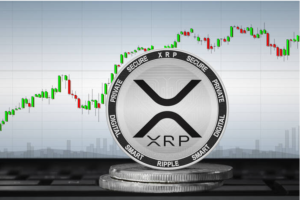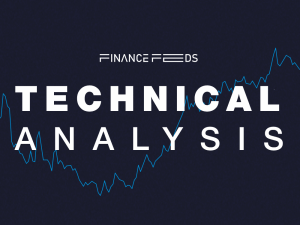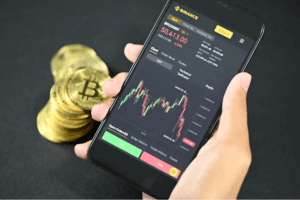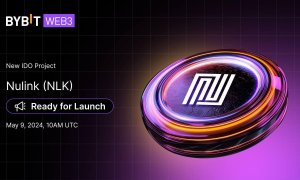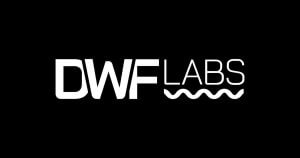Coinbase buys stake in USDC issuer Circle
Coinbase is deepening its ties with Circle, the issuer of the USDC stablecoin, through a stake purchase, indicating a stronger partnership between these crypto giants. However, the two companies have also decided to dissolve the Centre Consortium, a private organization governing the USDC stablecoin, citing improved “regulatory clarity” on stablecoins.

In the past, Coinbase and Circle were linked through the Centre Consortium, which was responsible for issuing the USD Coin (USDC), the world’s second-largest stablecoin. With Coinbase acquiring a minority stake in Circle, they have chosen to dissolve the consortium, which marks a shift in their collaborative approach.
The story began in 2018 when Coinbase and Circle founded the Centre Consortium. This partnership led to the successful launch of USDC in October of the same year, with Coinbase handling the distribution aspect.
Circle, a major player in the stablecoin market valued at $124.1 billion, introduced its own US dollar-pegged stablecoin in 2018. However, their plans to go public through a special purpose acquisition company were shelved in December. The dissolution of the Centre Consortium aligns with Circle’s pivotal role in the stablecoin market, where USDC accounts for around 21% of the total.
“As part of this next chapter, Coinbase and Circle have reached a new agreement. Reflecting Coinbase’s belief in the fundamental importance of stablecoins to the broader crypto economy, Coinbase is taking an equity stake in Circle. Centre will no longer exist as a stand-alone entity and Circle will remain as the issuer of USDC, bringing any Centre governance and operations responsibilities in-house,” Circle CEO Jeremy Allaire and Coinbase CEO Brian Armstrong said in a jointly-authored blog post.
Stablecoins like USDC have faced increased regulatory scrutiny in recent times, driven by incidents like the collapse of terraUSD.
Circle’s token lost its dollar peg in March and slumped to an all-time low of $0.8 per coin after the issuer revealed it had nearly 9 percent of its $40-billion USDC reserves stuck at Silicon Valley Bank. However, the stablecoin then recovered its losses after Circle assured investors it would honor the peg despite exposure to failed bank.
The Boston-based firm said that in the event Silicon Valley Bank does not return 100% of deposits, it will cover any shortfall in the assets backing its stablecoin using corporate resources, involving external capital if necessary. Shortly after, it regained access to the $3.3 billion locked up with the bankrupt lender.


